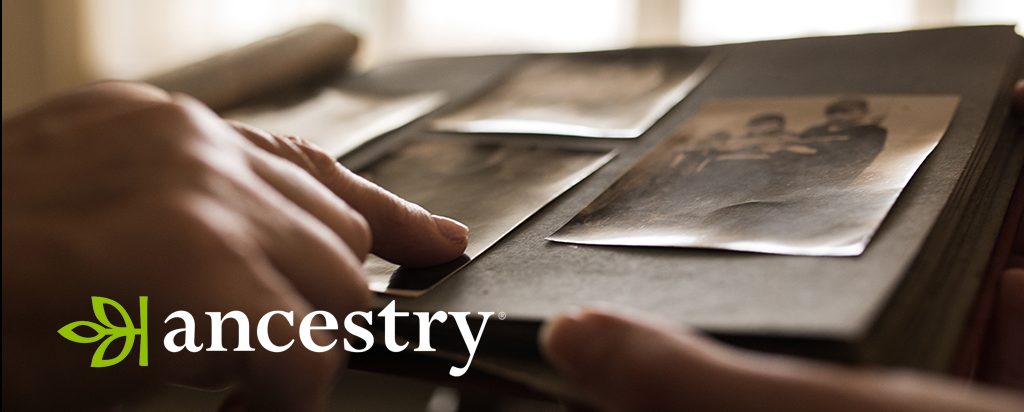 Written by Joanne and Shelby, staff members, Central Library
Written by Joanne and Shelby, staff members, Central Library
Ancestry Library Edition, opens a new window is a free genealogy resource that you can access on any device connected to Halifax Public Libraries' WiFi, or a Library computer.
Use your Halifax Public Libraries library card to sign in, and get started. If you need help using Ancestry, we have a great tutorial video here, opens a new window.
1. What you can do
With Ancestry Library Edition, you will be able to:
- Look at world government and public records, such as census, birth, marriage and death, immigration, military, plus common published sources like city directories.
- Save digitized record files to your home computer/device.
- See public family trees created by other Ancestry.com members.
2. Conduct a basic search
Enter the first and last name, estimated date of birth, and location to conduct a basic search. Tick the “exact” box to get even better results. Use the drop down box to select your location.
3. Get into details
Try adding more information like their spouse’s name, their immediate family members, or a keyword like occupation or address.
4. Flexibility is key
Surname spelling mistakes in records are common, so be flexible with names you find in the results field. Nicknames or middle names may have been recorded or could have been spelled differently.
- Use wildcard symbols to get spelling variations. For example, use “?” to get spelling variations for one letter in the name like Lind?n to get Linden, Lindon, Lindyn, etc.
- Use “*” to get spelling variations for more than one letter after the 3rd letter in the name. With this, Lind* could become Lindon, Lindenfield, etc.
5. Be specific
Search specific record collections rather than the whole database. Use the Card Catalogue option, and select the following filtersto narrow down your search, for example: category (birth, marriage & death), location (Canada), Date (1700s) and language (French) to get the Quebec, Canada, Vital and Church Records (Drouin Collection), 1621-1968, which has Acadian and Irish names.
6. Browse suggested records
Ancestry will list other records it thinks are related to the person in your current search. Their system for connecting records is not perfect, so always scrutinize the records to see if they are indeed related.
7. Check citations
Not all family trees on Ancestry Library Edition are set to public view. Though they can be very useful for getting clues, select those that have their records sources cited. Ancestry Library Edition does not check or verify family trees created by their members.
8. Keep track
Get copies of records by saving them directly to your desk top. Email them to yourself to ensure you don’t lose what you’ve found.
9. Lean on other resources
There are lots of other great resources to use when researching your family’s history. Halifax Public Libraries’ Local History and Genealogy webpage has links to other online databases, like the Nova Scotia Historic Vital Statistics, and the Latter-Day Saint’s Family Search.
Now that you have these helpful tips, start planting your family tree with Ancestry Library Edition!
Extra help
Get help through the Genealogy One-to-One Consultation service. When the Library is open, this service is available at Halifax Central Library, Musquodoboit Library and Sheet Harbour Library.
You can also email us at AskLib@halifax.ca with questions.
Watch our how-to tutorial on Niche Academy


Add a comment to: 9 Tips for Using Ancestry Library Edition